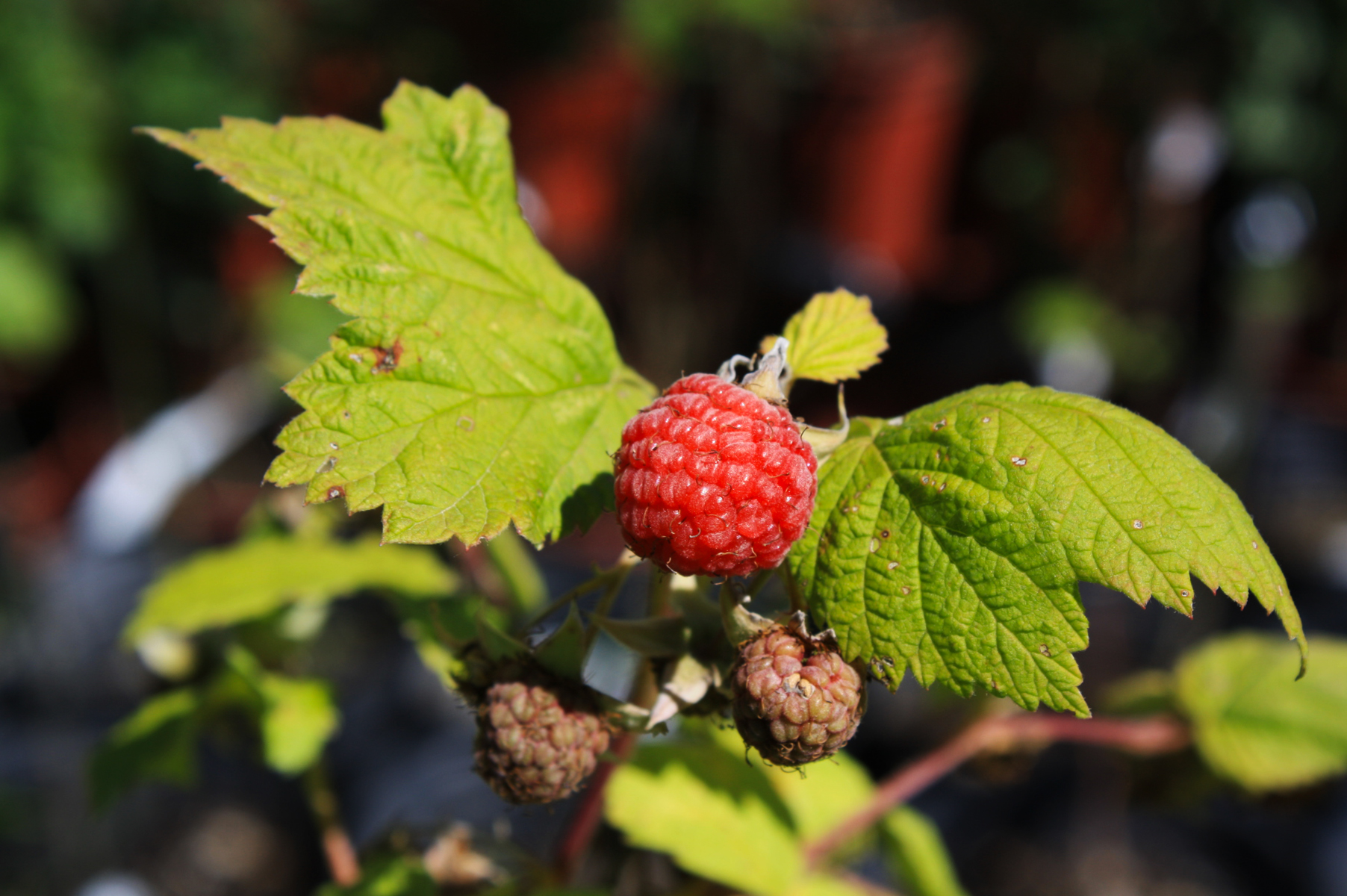
Wild Red Raspberry Ontario Native Plant Nursery Container Grown (705)4666290
Wild Raspberry Care Growing your own juicy wild raspberries is easy and rewarding. Like most fruiting plants, these bushes love rich soil, regular watering, and plenty of natural sunlight. Wild raspberry also grows best with moderate temperatures and humidity levels because it is native to cooler climates.
:max_bytes(150000):strip_icc()/Raspberrybushwithfruitandleaves-5e8bddf7d2b447a7b43cf9be94bda9e8.jpg)
How to Grow and Care for Wild Raspberry Bushes
In addition to being delicious and nutritious, raspberries are also a sustainable crop. Raspberry plants are perennial, meaning that they can live for several years, and they require less water than many other fruits and vegetables. Additionally, raspberry plants have a shallow root system, which helps prevent soil erosion and promotes healthy.
/Raspberrybushesingarden-69b0b529425c4a83a529185b19f7dab7.jpg)
How to Grow and Care for Wild Raspberry Bushes
Every Raspberry Plant is hand-selected to ensure that it will thrive once planted. Established in 1949, specialists in soft fruit plants at competitive prices.
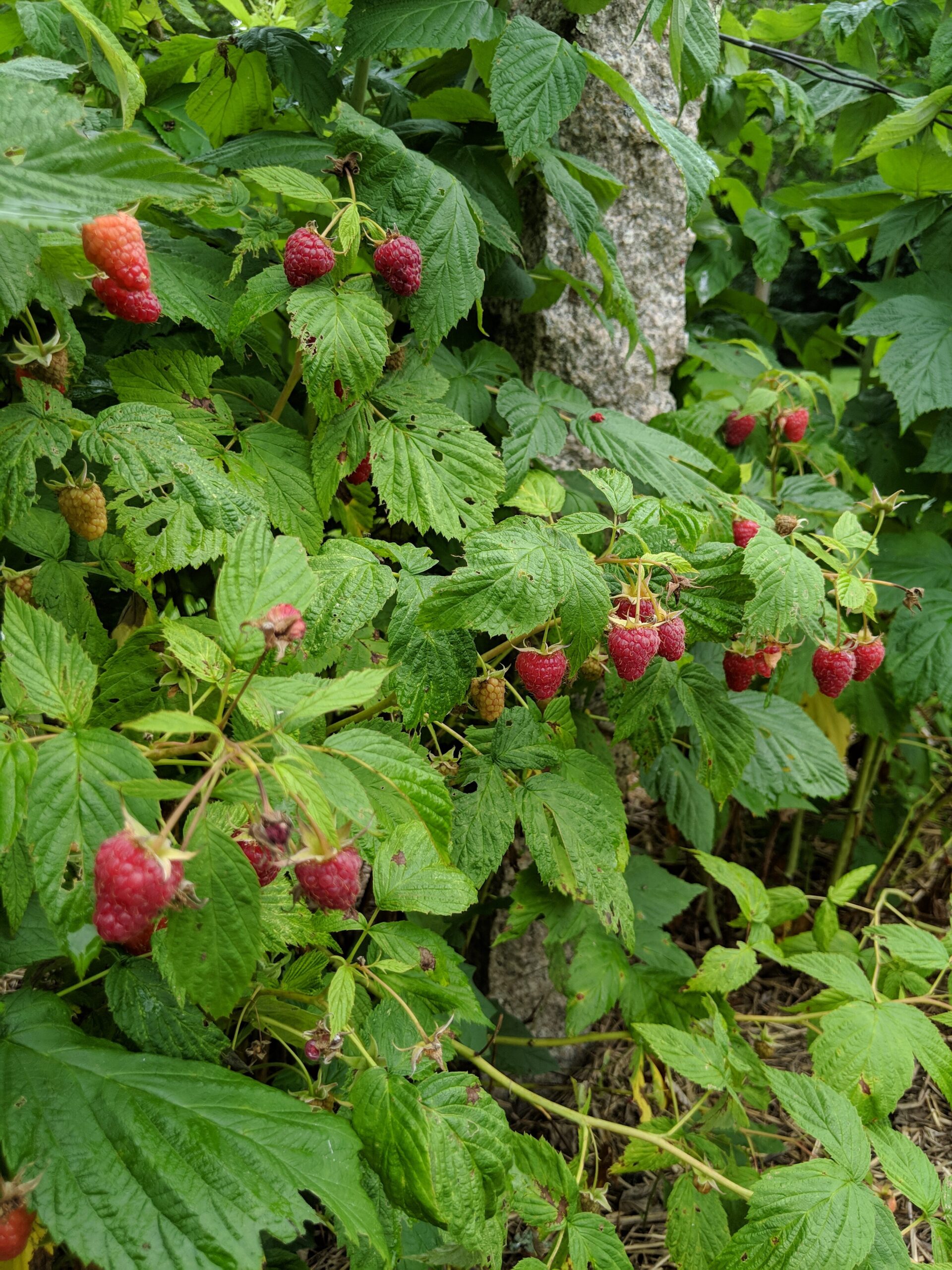
Caring for the Raspberry Bushes The Martha Stewart Blog
Rubus is a large and diverse genus of flowering plants in the rose family, Rosaceae, subfamily Rosoideae, with over 1,350 species, commonly known as brambles.. Raspberries, blackberries, and dewberries are common, widely distributed members of the genus, and bristleberries are endemic to North America. Most of these plants have woody stems with prickles like roses; spines, bristles, and gland.

Wild Raspberries are Back!
Raspberries grow clusters of three to five leaves off of the cane with the center leaf being the largest, and each leaf's edge is finely serrated. The leaves are green on top, while the underside is usually a lighter shade of green. The raspberry plant will also produce five petaled flowers followed up by the raspberry fruit.
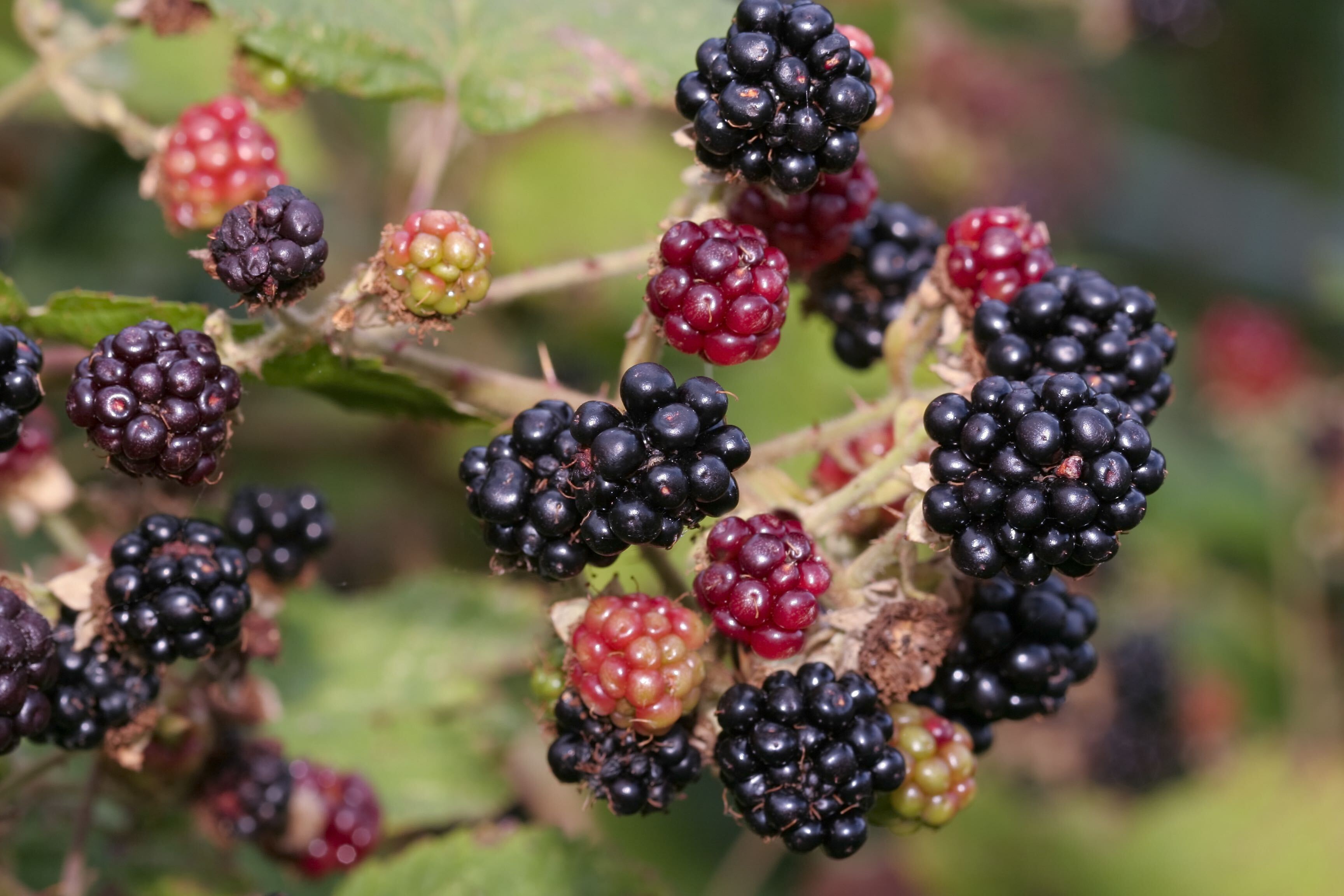
Wild Raspberries How to Identify, Harvest, and Eat Raspberries
Autumn-fruiting raspberries are generally smaller, less vigorous plants, usually 1.2-1.5m (4-5ft) tall, and crop from late summer into autumn. They are easier to prune and suitable for smaller plots. New plants will fruit in their first year. Raspberries are hardy, vigorous plants that grow well in most locations, especially in cooler regions.

Wild raspberries have never looked so beautiful. (Photo by Suzy Lyttle) Native plants
This is a delicious genus with all sorts of wild berries, such as the cloud berry in the arctic which tastes like apple pie! The delicious cloudberry, or bakeapple as some call it.
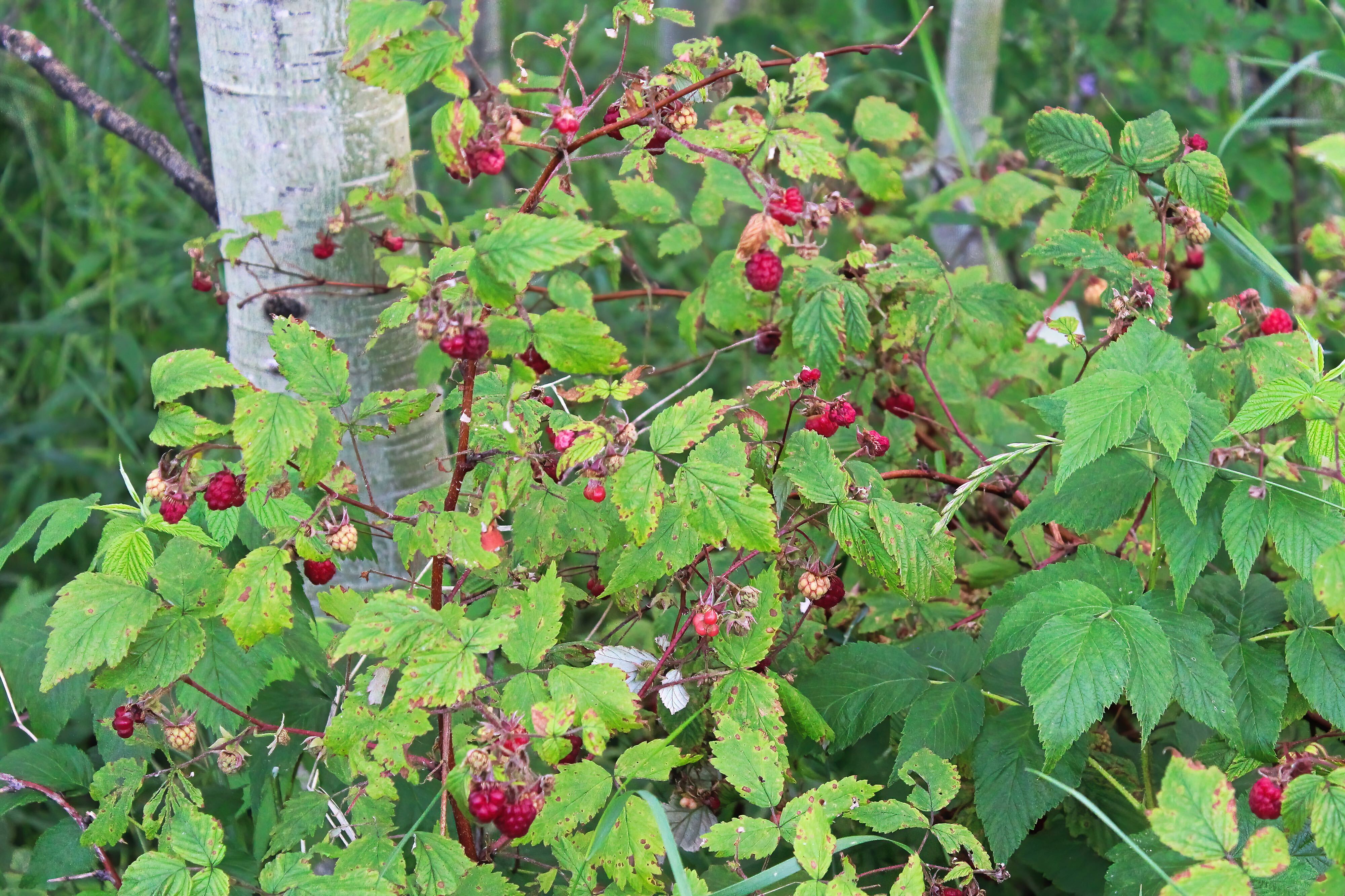
Wild Raspberries How to Identify, Harvest, and Eat Raspberries
Fruit The fruit appears from Summer to Autumn and is ripe when it easily pulls away from the core. Stem In its first year the raspberry grows as a vertical cane with leaves but from the second year on this cane can produce many branches with leaves and flowers. The stem has tiny red thorns but they are small and soft. Habitat
:max_bytes(150000):strip_icc()/growing-wild-raspberry-bushes-5076279-hero-cb9ac15409154674a57d48e80829cc42.jpg)
How to Grow and Care for Wild Raspberry Bushes
Varieties of Wild Raspberry Bushes. There are two notable varieties of wild red raspberry bushes: summer-fruiting and ever-bearing. Summer-fruiting: These raspberry bushes produce one crop each year in the summer. Berries grow once on second-year branches called floricanes. Ever-bearing: These raspberry bushes produce in the fall.

Taming Wild Black Raspberries
As a wild plant, R. idaeus typically grows in forests, forming open stands under a tree canopy, and denser stands in clearings. In the south of its range (southern Europe and central Asia), it occurs only at high altitudes in mountains. [8]
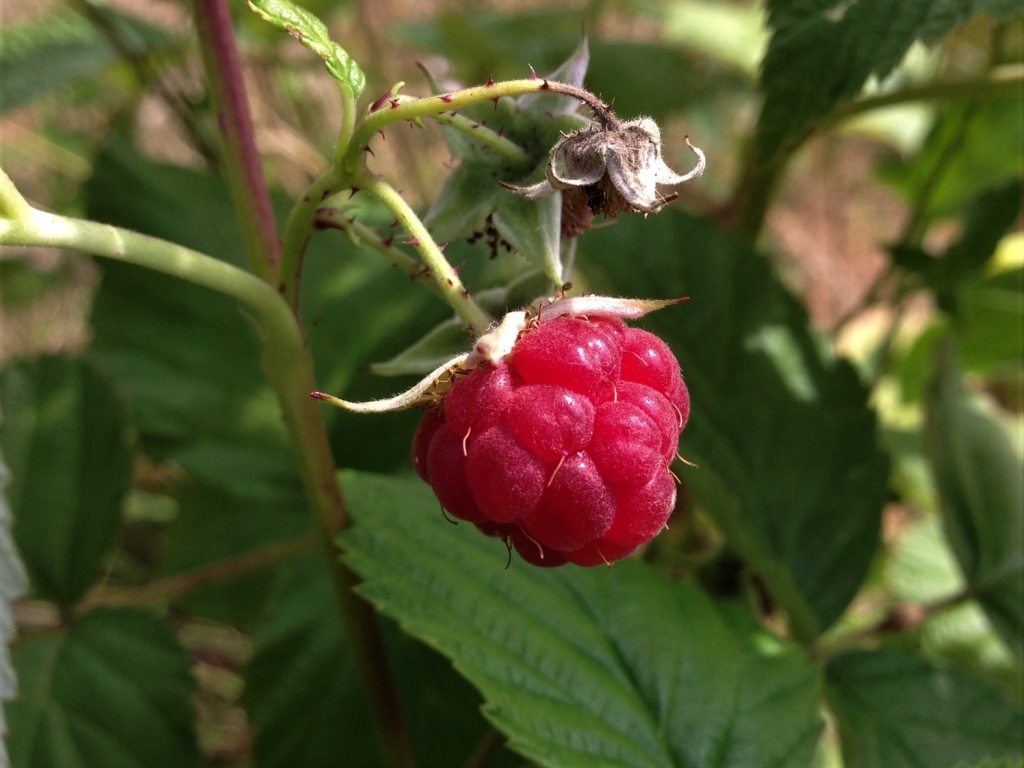
Wild Raspberry, Hindberry, Raspis, Rubus idaeus
Key characteristics thorny trailing stems (canes) usually growing in thickets along woodland edges black raspberry canes are smooth and pink-purple-blue with noticeable bloom present (like the skin of a blueberry) wineberry canes are bright red with fuzzy, hairy thorns
:max_bytes(150000):strip_icc()/growing-wild-raspberry-bushes-5076279-05-0589bfc7456b46f28e50d0fb122a06e0.jpg)
How to Grow and Care for Wild Raspberry Bushes
Wild and cultivated raspberries (Rubus spp.) Put the raspberry canes, stumps and roots in the trash, and fill in the hole with fresh soil. Spraying raspberry plants in fall with a systemic herbicide is an effective control.

Raw Edible Plants Wild raspberries (Rubus idaeus)
Wild Raspberry Plant WILD RASPBERRY / SUMMER / AUTUNM / EDIBLE COMMON NAMES Raspberry, hindberry. BOTANICAL NAME Rubus Idaeus PHYSICAL CHARACTERISTICS Root - Unknown. Stems - In their first year the stems or canes have just leaves but from then on this stem produces leaves and flowers. The canes have small reddish thorns which are soft.

Raspberries! We have them growing wild at the Mountain Farmhouse. They are healthy and delicious
Taming Wild Black Rasberry Plants for Your Home Garden If you happen to have wild black raspberry volunteers in a convenient spot, you can tame them by cleaning them up a bit. Simply cut back any old dried canes, lopping them off at ground level. New canes are green or a reddish-brown, while old canes are tan and look dry.
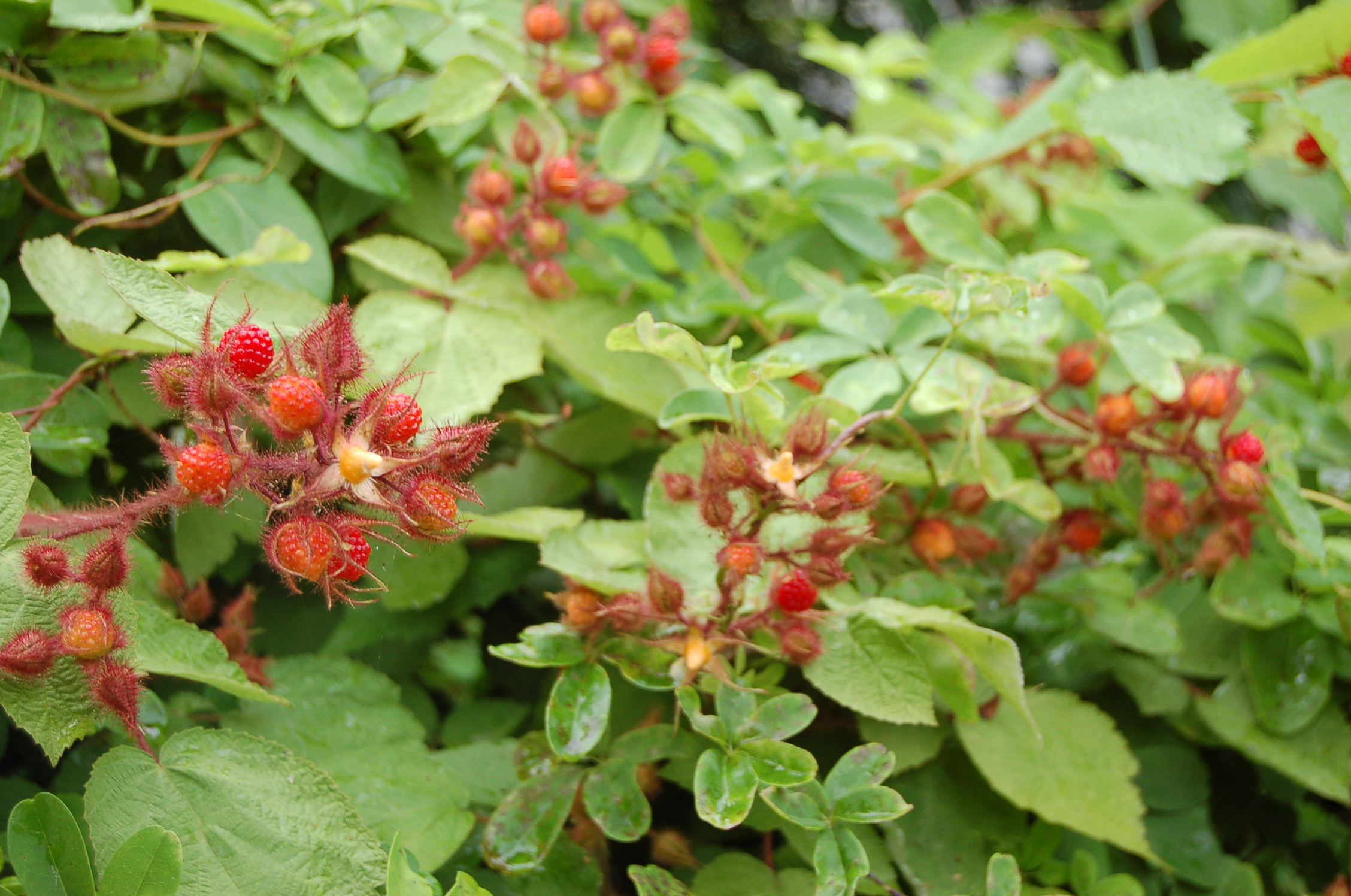
Rubus idaeus (Wild raspberry)
Roast in the oven then place between two tea towels and rub to remove shells. Beech nuts can be slightly toxic if consumed in large quantities due to the tannins and alkaloids. What to look for: look out for pairs of three-sided nuts in bristly cases from mid-September and throughout October. Hawthorn berries ( Crataegus monogyna)

Types and varieties of raspberries, their characteristics and how to choose theberrybushes
Black raspberries grow best in fertile, well drained soil. Whether wild or cultivated, black raspberries that are moved to a new spot will spend their first season growing new canes, which will.